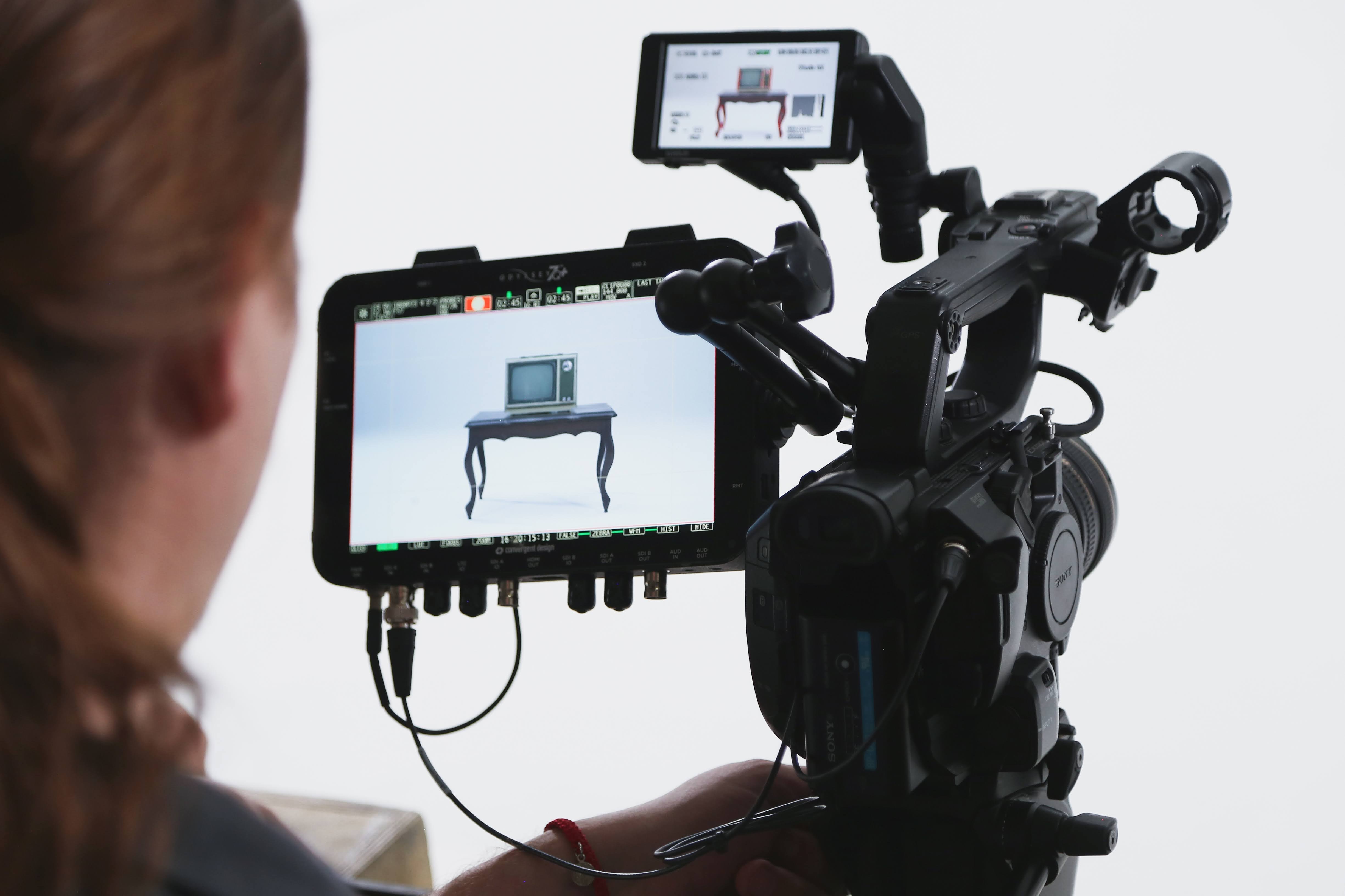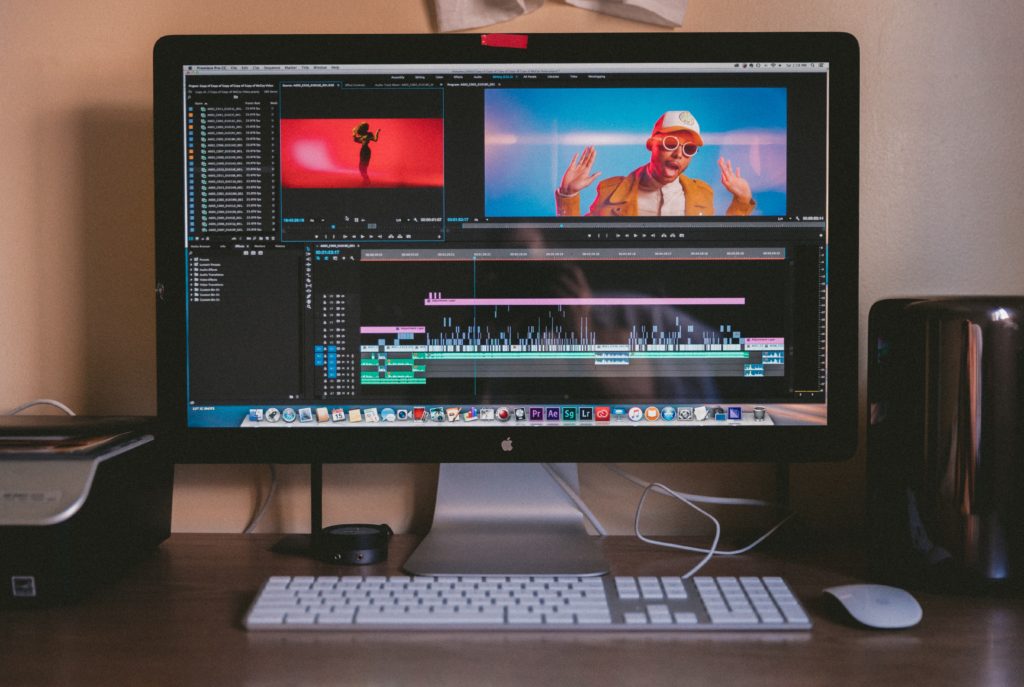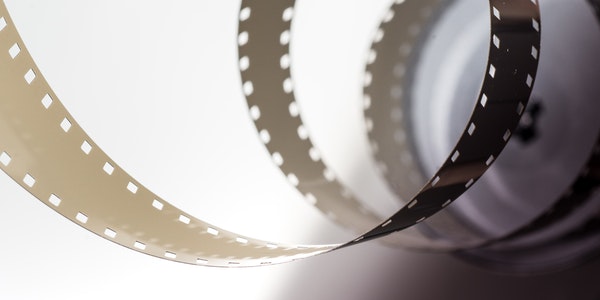Table of Contents
Elements of film editing
Process treatment
Before the final editing of the film is finalized, the cut pictures and various soundtracks must be stored properly and organized so that they can be glued when they need to be extended.
Process and function
From shots to scenes, to paragraphs, and to complete the assembling of the film, it often goes through the steps of initial cutting, re-cutting, fine-cutting and even comprehensive cutting. The first cut is generally based on the sub-scene script, the physical actions of the characters, the dialogue, the reaction, etc. to connect the shots. The double cut is to make corrections on the basis of the initial cut. The fine cut is more detailed and accurate, with repeated scrutiny of the picture. Comprehensive cut is an adjustment, addition and reduction made on the basis of overall consideration of the structure and rhythm of the entire film after the shots of all scenes in the whole film are complete, and each scene has been basically cut.

Some clips can be viewed in isolation, but when viewed in conjunction with the front and back scenes, they will feel too tight or too slack, which needs to be adjusted through editing. This is related to the adjustment of the overall structure and rhythm of the film, and is usually determined by the director and editor together.
Editing must not only ensure the natural, coherent and smooth appearance of the action situation composed of the lens and the lens, but also highlight the expressive effect that the juxtaposition of the lens gives the inner meaning of the action situation. The dialectical unity of the dual functions of narration and performance is the general rule for the application of clip art techniques to film creation. In order to achieve the above-mentioned dual functions, it is necessary to master traditional editing techniques and creative editing techniques.
Traditional editing techniques
Coherence and fluency are traditional editing techniques, and can also be called the basic skills of editing. There are two main functions of this technique: one is to ensure the smoothness of the lens transition in the assembly and trimming of the lens, so that the audience feels that all the images are carried out in one go. The second is that in the paragraph transition of the film, there is a certain degree of continuity between the upper and lower paragraphs, and the boundaries of the paragraphs can be clearly divided, so that the audience will not mistake the content at different times and locations as the same scene.

For coherent and smooth editing techniques, in terms of camera transitions, the following points must be noted:
① Prevent confusion. The connection between the camera actions must be accurate, neither disjointed nor overlapping. The direction of the characters’ actions and the spatial relationship between them will not cause confusion in the visual impression due to the change of shots. If the character in the picture moves in his study room, in the previous shot he walked from the bookcase to the writing desk, and walked out of the screen from the right side of the screen, then he walked to the writing desk in the next shot, he must enter from the left side of the screen. painting. The direction of right out and left in is the same, so it is smooth. If the upper camera is drawing from the right and the lower camera is drawing from the right, the direction of action of the same person in the two shots is bound to be opposite, which is likely to cause visual confusion. Especially when editing scenes such as fighting and chasing with the enemy, the direction must be clear, otherwise it will make it difficult for the audience to distinguish between the enemy and the enemy.
②Lens conversion coordination. Editing often uses parts with similar shapes and rhythms in different shots as the editing joints to achieve a harmonious transition. The common techniques are “movement followed by action” and “static connection by static”. “Motion” refers to the effect of switching the lens during the movement of the lens and the movement of the human figure. As the above lens is panning, it is switched to another panning lens when it is not panned, and the direction and speed of the panning are close to the effect of the connection. Quite smoothly, the audience will transition from one environment or scene to another environment or scene very naturally as the camera shakes.
In the movement of pushing, pulling, shifting, and following the camera, the principle of “moving and moving” is the same. “Motion-to-action” is more about switching shots in the body movements of the characters. For example, when a person is angry, the action of shooting a table is often the cutting point of the upper and lower shots in the movie, that is, the upper camera raises the hand and the lower camera moves downward.
“Still connection to stillness” refers to switching shots after an action is over (or in a still scene), and the cut into the other shot is from stillness to movement. “Quiet and static” is mostly used in transitions, that is, the previous scene ends on a still picture, and the next scene starts from the still picture. Static connection is the need for cohesion and harmony. It also leaves room for the audience to think.

③Omit the actual process. It is the so-called compact editing, that is, the content of the same action can be changed through the lens to omit unnecessary processes in between, while still maintaining the coherence and smoothness of the action. Some express the intention of the characters and indirectly imply the omission of the action process, and some omit the actual process of compression.
Coherent and smooth traditional editing techniques
The conversion of shots is accustomed to “switching” (the split shots are directly glued together), but the conversion of scene paragraphs generally uses “fading, fading” to express the end of the previous scene paragraph and the beginning of the next scene paragraph. “Transformation” is used to express an omitted time course, dividing two incomplete passages. Use “drawing” to represent the change of places, occasions, and events, and divide more than two paragraphs of incomplete scenes. The above is the “optical technique” made on film by printing or photography.
In addition, there are many ways to divide paragraphs. For example, the switching method is still used, but the most representative person or scene shot is used as the beginning of the next paragraph when the previous paragraph is changed.
Traditional editing techniques follow the logic of life, but they do not reproduce all the processes in life naturally.
The compact editing and omission of editing also illustrate that pure and natural coherence between shots is not always necessary. Compressing (or extending) the real time, allowing all meaningful action events to be expressed, and reducing natural movements to a minimum is an important supplementary principle of coherent and smooth editing techniques.

Creative editing
Clip art skills, in the long-term production practice, has a wealth of experience. In European and American theoretical writings, they are sometimes collectively referred to as creative editing; especially after the pioneering exploration and theoretical summary of masters such as Eisenstein Pudovkin, they have become some of the fundamental principles and rules of montage, and have been As a unique structural expression method of film art, it penetrates into the whole process of film creation. Common creative editing techniques are:
Narrative, dramatic effect editing
Although the drama is conceived and shot separately, the vivid and dramatic effect of the film’s narrative ultimately depends on whether the editing can control the timing of key shots. The main point of the narrative technique is to use the adjustment focus, the timing and sequence of the key shots, and select the appropriate editing points in the continuity of the camera action, so that each new development of the camera action can be expressed at the most suitable moment in the drama. . Feature films often hint or deliberately postpone “crisis” or “incident” in advance to create suspense of nervous anticipation and unexpected panic.
Analog and expressive effects editing
The alignment between shots with different contents or forms is a widely used expression technique for creative editing. It is generally noticeable that through the arrangement and interspersed editing, some artistic effects are compared with the content of direct storytelling or the emotional atmosphere is rendered. The main point of expressive editing is to use continuity to express thoughts and emotions beyond the direct narrative while ensuring the continuity of the narrative. This kind of editing not only does not make the audience feel jumping and uncomfortable, but it meets the needs of mood and rhythm. It boldly simplifies natural movements and selectively uses unified emotions to focus on rendering the atmosphere and emotions.

Speed, rhythmic effect editing
When the combination of shots in different scenes became a unique means of expression in the specific shape of the space in the early days, it has been found that the length of the shots lasts and has a psychological impact on emotions.
The lens is short and the picture changes quickly, causing a sense of urgency and excitement. The lens is long and the screen transition is slow, resulting in sluggishness and even depression. Alternating long and short shots can cause ups and downs of psychological tension. Therefore, editing controls the length of the picture, can strengthen or weaken the speed of the action situation in the shot switching, and adjust the emotional rhythm corresponding to the style of the narrative content.
This kind of skill effect of the speed rhythm formed by the contrast of the length of the lens is generally called the editing tone, usually called the fast editing or the slow editing. The length of the lens basically depends on the simplicity of the content of the lens, and the switching of the speed of the image cannot exceed the full expression of the meaning of the lens and the minimum time limit for the audience to understand.
Editing tones are also expressed in scenes or passages of plot. Fast editing paragraphs are often aligned with slow editing to emphasize each other. The editing tone of a scene (paragraph) is calculated by the number of shots occupying a certain length and showing time, which is called the editing rate.

A small number means that the long shots in the scene dominate, which is called slow editing or slow editing. The large number of shots means that short shots are dominant in the scene, which is called fast editing or fast-tuning editing. A classic example of accurate use of speed and rhythm techniques is Eisenstein’s “Battleship Peter Jin”. The whole film consists of 3 large sections of movement, and each section contains countless smaller scenes with different tones of movement.
In the first segment of the narration of the warship uprising, the tone of the sailor and the officer’s conflict became stronger and stronger. In the end, the sailor’s uprising captured the warship and reached a climax, using gradually stronger picture fragments and corresponding increasingly urgent editing tones. After the climax, we gradually enter a set of calm scenes. A sailor’s funeral uses extremely long revolving shots, all of which use a calm, slow editing rate. This shows a strong contrast between the editing tones of different scenes.
